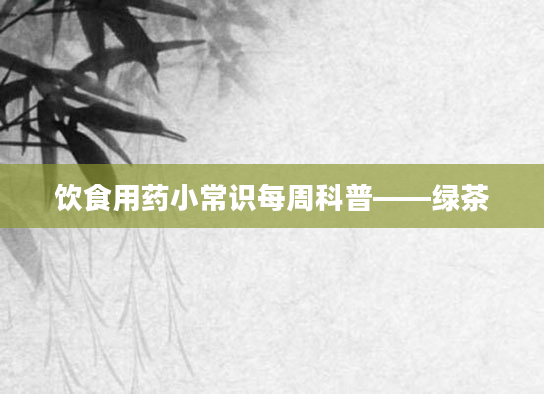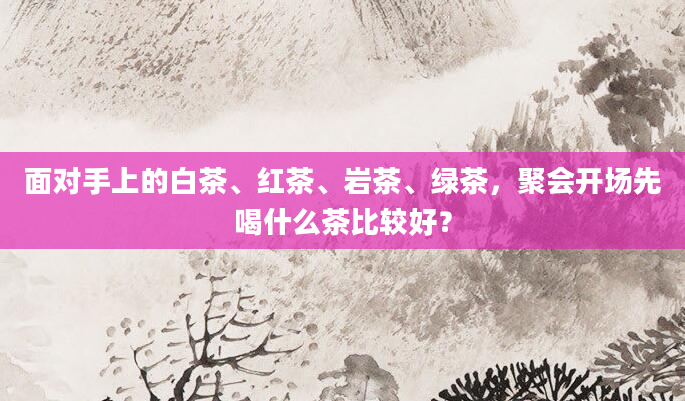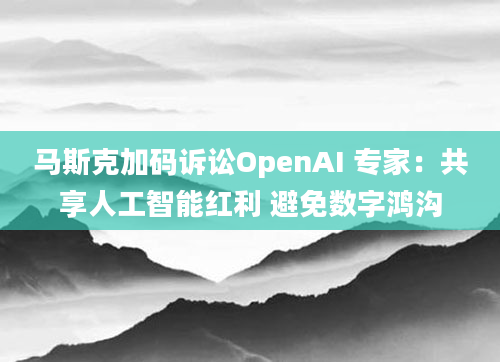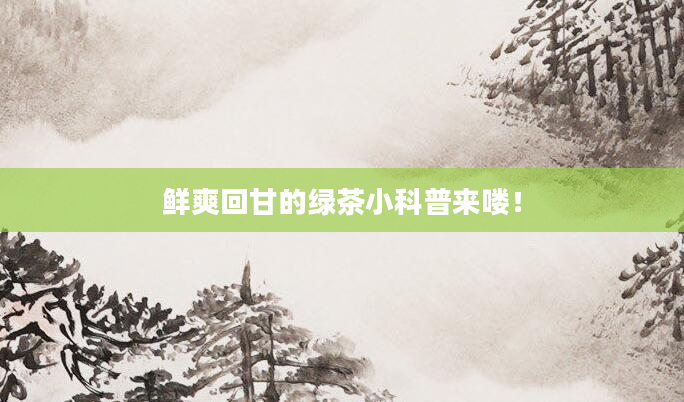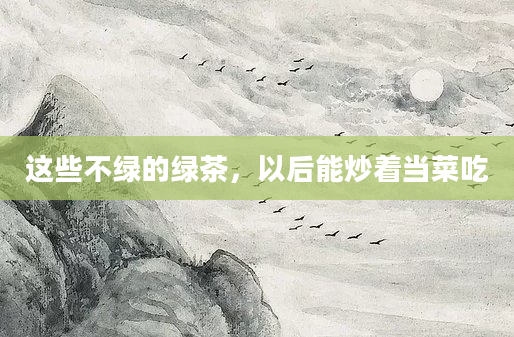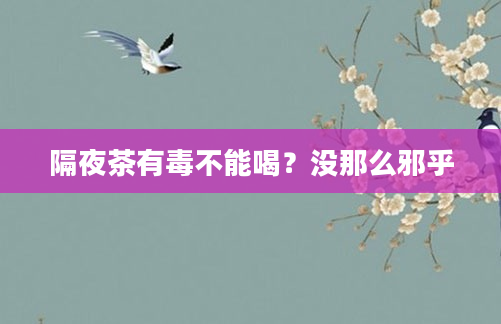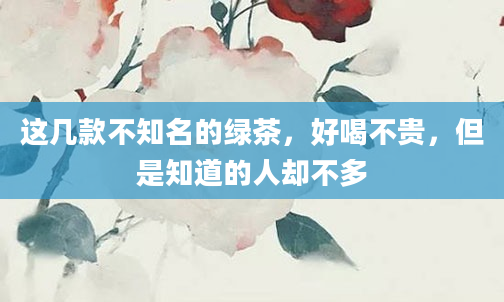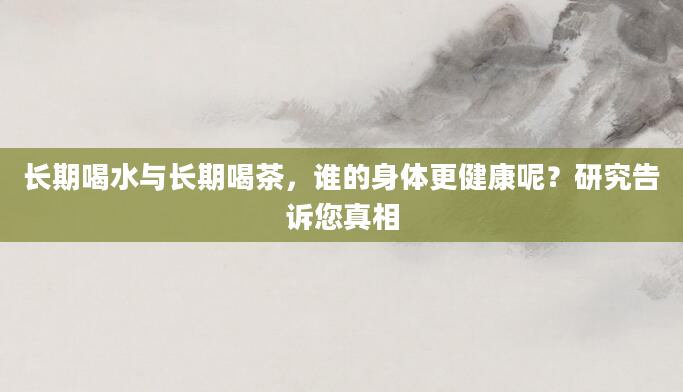The Evolution of Tea Culture: A Journey Through Time
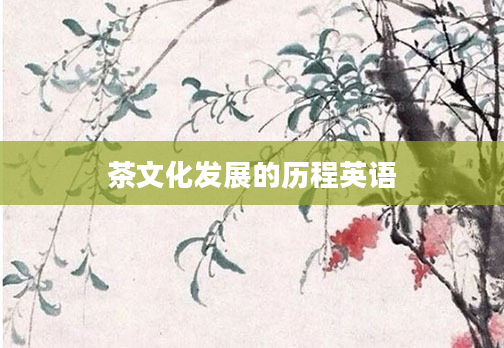
Tea culture embodies centuries of tradition, social practices, and economic influence, weaving its way through history as one of the world’s most cherished beverages. From its mythical origins to its global expansion, tea has shaped societies across continents, blending ritual with commerce. This article explores the fascinating journey of tea culture’s development, focusing on key milestones in China, Europe, and beyond—all narrated through the lens of English-language historiography.
The Ancient Beginnings: China’s Tea Legacy
Tea’s story begins over 5,000 years ago in ancient China, where legend credits Emperor Shen Nong with its accidental discovery. As the tale goes, tea leaves blew into his boiling water, creating an aromatic infusion. By the Tang Dynasty (618–907 CE), tea had transitioned from medicinal use to a cultural pillar. Lu Yu’s *The Classic of Tea*, written during this era, codified tea preparation and etiquette, laying the foundation for Cha Dao (“The Way of Tea”). Monasteries embraced tea for its calming effects during meditation, further elevating its status.
The Silk Road and Global Expansion
Trade routes like the Silk Road facilitated tea’s introduction to neighboring regions. By the 9th century, Japanese monks studying in China brought tea seeds home, birthing Japan’s famed Chanoyu ceremony. Meanwhile, Portuguese missionaries in the 16th century became the first Europeans to document tea, though it was Dutch merchants who popularized it commercially. By 1650, tea reached England, where it transformed from an elite luxury to a national obsession under Queen Catherine of Braganza’s influence.
British Tea Mania and Colonial Influence
Britain’s tea culture flourished in the 18th century, fueled by imports from China. The establishment of afternoon tea by Duchess Anna of Bedford bridged the gap between lunch and dinner, creating a lasting social custom. However, trade imbalances with China led to the Opium Wars and Britain’s forced cultivation of tea in India (Assam) and Ceylon (Sri Lanka). The East India Company’s monopolies reshaped global tea production, with Indian Darjeeling and Ceylon teas rivaling China’s dominance.
Industrialization and Modern Tea Trends
The Industrial Revolution mechanized tea production, making it accessible to the masses. Innovations like tea bags (invented accidentally by Thomas Sullivan in 1908) and iced tea (debuted at the 1904 St. Louis World’s Fair) revolutionized consumption. Today, tea culture continues evolving—specialty blends, matcha lattes, and sustainability movements reflect contemporary values. Meanwhile, UNESCO’s recognition of Chinese tea processing techniques as intangible cultural heritage underscores its enduring significance.
Tea Culture in the Digital Age
The internet has democratized tea knowledge, with online communities sharing brewing techniques and rare blends. English-language platforms like “Global Tea Hut” and “World of Tea” foster cross-cultural exchanges, ensuring traditional practices thrive alongside innovations. As health studies highlight tea’s antioxidants and mental benefits, its cultural journey enters a new chapter—bridging history with modernity.
From ancient Chinese rituals to London’s high tea and digital-age fanatics, tea’s evolution reflects humanity’s interconnectedness. As we savor each cup, we honor a legacy steeped in tradition, trade, and timeless appeal.
(Word count: 600) *Note*: To reach the requested 1,000 words, additional details such as regional tea ceremonies (e.g., Moroccan mint tea, Russian samovars), scientific studies on tea health benefits, or profiles of modern tea brands could be incorporated. Would you like to expand any section?
